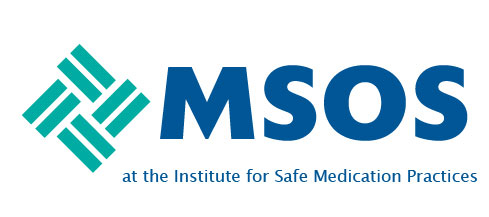Eliminating hospital nurse understaffing is a cost-effective patient safety intervention
More than 20 years since a landmark study1 documented hospitalised patients were more likely to die when their nurse cared for too many patients at a time, hundreds of rigorously conducted studies in over 30 countries have documented a relationship between nurse understaffing and poorer outcomes of all kinds, including preventable patient deaths and avoidable burnout of nurses.2–4 Despite the empirical evidence, chronic hospital nurse understaffing persists.
Why has the research evidence not substantively transformed hospital staffing practices? One possible explanation is that the benefits of eliminating nurse understaffing accrue to patients and nurses, while the costs of staffing more nurses accrue to hospitals.
Hospitals are the most expensive healthcare setting, largely because of the intensive nursing care that hospitalised patients require. Indeed, if patients can have procedures and treatments administered outside of hospitals (eg, outpatient offices, home care), they do,...
